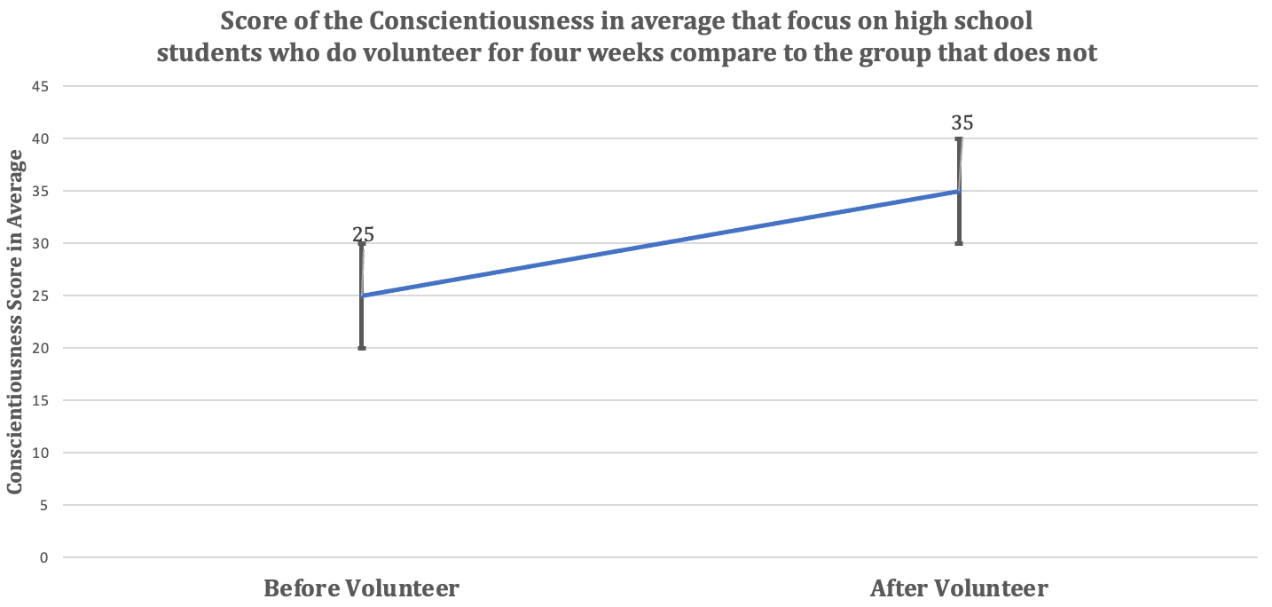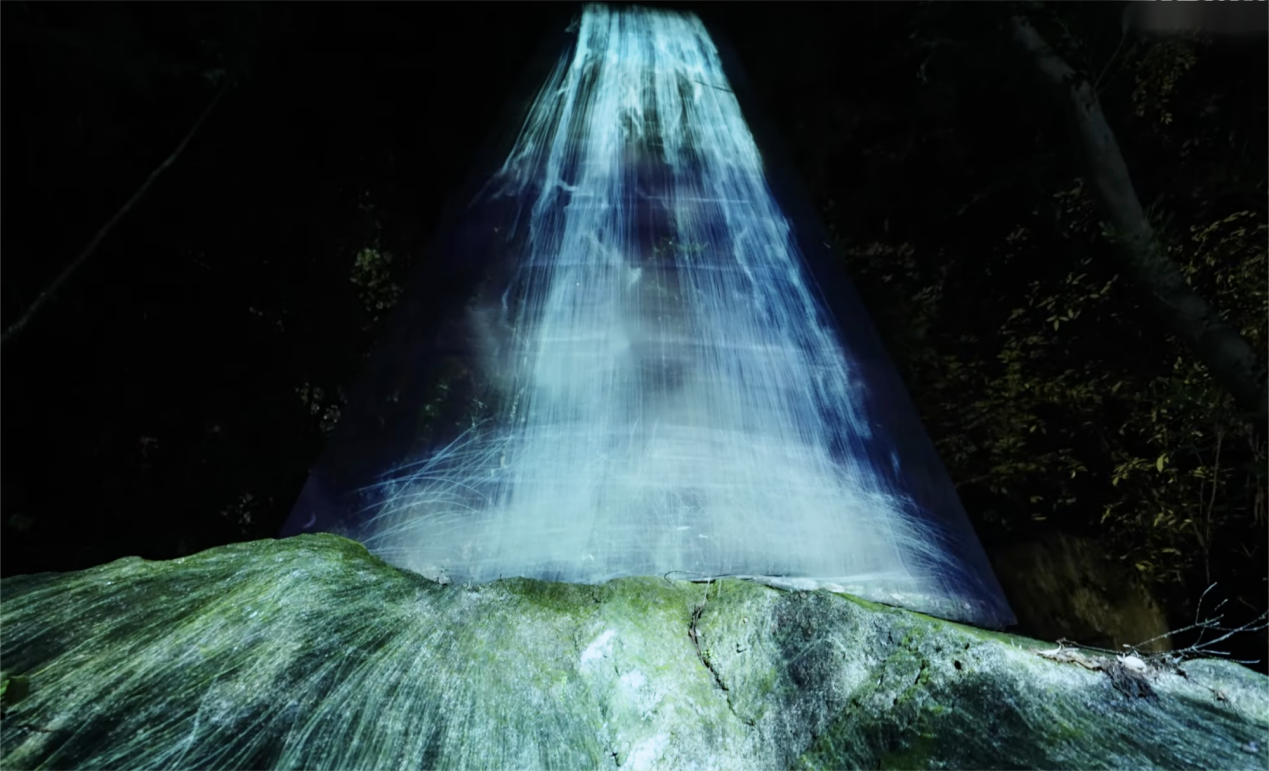Volume 96
Published on November 2025Volume title: Proceedings of ICADSS 2025 Symposium: Consciousness and Cognition in Language Acquisition and Literary Interpretation

The current controversy surrounding the definition of AI hallucinations in the field of artificial intelligence research reveals the inherent limitations of an engineering-centered perspective. Based on the German theory of Kulturtechnik and through a retrospective analysis of media history, this paper argues that AI hallucinations are not merely technical flaws, but cultural practices that continue the developmental logic of earlier media such as writing and printing. Whether it was the telescope challenging the interpretive authority of theology, or the printing press shaping cognitive power, technological innovations have consistently structured cultural power by defining the boundaries of “reality,” with human anxieties over the erosion of cognitive privilege deeply embedded throughout. As a product of cognitive augmentation in digital media, AI hallucinations, by rewriting the limits of “reality,” constitute a dynamic frontier in the evolution of knowledge forms within human–machine symbiotic civilization. This paper advocates abandoning the binary corrective approach that treats hallucinations solely as technical errors, embracing instead a “new reality” under probabilistic distributions, and reflecting on the emergent ethical relationships of human–machine co-symbiosis and co-evolution.

 View pdf
View pdf



The Soviet Union limited the creation of musical pieces by composers during Stalin’s reign. The state gradually strengthened the degree of ideological control from the 1930s to the 1940s, forcing composers to create music works that enhanced the Soviet ideologies and followed the Socialist Realist style. This paper focuses on Dmitri Shostakovich’s works and his music career under Stalinist rule, aiming to evaluate how his works and his attitude towards state control were affected. By using his oratorio Song of the Forests as a case study, this paper examines the extent to which this oratorio is a genuine artistic expression of Shostakovich or represents his conformity to the strict doctrine. The musical score of this oratorio reveals several features that align with Socialist Realist expectations. Considering the historical context of the increasing severity of censorship, this paper argues that this oratorio implied Shostakovich’s adaptation to state control, functioning more as a survival strategy rather than an artwork. This investigation displays the effects of censorship on cultural diversity and artistic freedom, as well as reflecting the difficulty of maintaining individual expression under state oppression.

 View pdf
View pdf


The Xiongnu, as a significant variable and influencing factor in the Silk Road Economic Belt since ancient times, played a crucial role in the development of ancient economies and cultural integration. To delve deeper into the ethnic characteristics of the Xiongnu, this work begins by examining the lifestyle traits of nomadic peoples, analyzes historical records from China's ancient primary sources regarding the Xiongnu tribes and their leaders, and concludes that the Xiongnu's tactics were adapted to their unique characteristics. The work contains contents recorded in the ancient Chinese historical books Shiji and Hanshu, analyzes in detail the unique living habits of the Xiongnu, such as nomadic life and plundering economy, and lists the common strategies and practical experiences of the Xiongnu in war with the Han court, so as to explain the relationship between the ethnic characteristics of the Xiongnu and their war strategies. Therefore, this work summarizes that the Xiongnu are not just a barbaric, uncivilized nation recorded in some historical materials. On the contrary, these nomadic people have rich strategies and their own wisdom, so that they can cope with the powerful Han Dynasty.

 View pdf
View pdf


Generative AI is shifting human-computer interaction from instrumental use toward meaning negotiation. This study employs transactional analysis to examine "Taming" and "Symbiosis" as communicative patterns in user-AI interaction. Taming forges a controllable tool through prompt engineering, establishing a complementary Parent-Child transaction. Symbiosis creates a quasi-inter subjective relationship that holds Adult-Adult potential yet risks regression. Both reshape communicative culture: Taming may intensify instrumental rationality and digital divides, while Symbiosis, despite fostering collaboration, could trigger blurred subjectivity, emotional dependency, and social alienation. We therefore propose "Conscious Symbiosis" to balance technical empowerment with humanistic preservation.

 View pdf
View pdf



This study aims to explore whether there are measurable changes in the sense of conscientiousness (including the awareness of completing tasks on time and attention to the needs of others) of high school students after participating in community elderly assistance volunteer activities around them, compared to before the activities. Existing research has not focused on this age group and has not explored the impact of short-term volunteering on specific dimensions of conscientiousness, so this study can fill this gap. The study adopted a pre- and post-test experimental design, taking students in grades 10 and 11 from three local high schools as the subjects. Those who had volunteered for more than 20 hours in the past half year were excluded and randomly divided into an experimental group (participating in a four-week fixed-duration volunteer) and a control group (without a volunteer). Data were collected through the standardized sense of conscientiousness scale (measured one week before and after the activity), the attendance and task reports of the experimental group, with self-efficacy as the mediating variable and voluntary engagement as the moderating variable. The predicted conscientiousness score of the preset experimental group was higher, self-efficacy played a partial mediating role, and the improvement was more obvious in those with high engagement. This research can provide a basis for schools and communities to cultivate teenagers' sense of conscientiousness and enrich relevant theories. However, the sample only covers local ordinary high schools, which may limit its promotion.

 View pdf
View pdf



This paper theorizes immersive exhibition design as a form of mediatory architecture—a space that choreographs perceptual, emotional, and epistemic experience. Grounded in cognitive aesthetics, spatial theory, and media studies, the model offers an integrative approach to understanding how immersive environments structure meaning. It names four central mechanisms - Frame (spatial structure), Flow (emotional sequencing), Focus (interactive attention), and Feedback (embodied response) - as structural pillars of immersive experience, and offers a structurally rigorous model for exhibitions as knowledge-producing environments to replace spectacle-based readings of immersive art discourse. The research requires empirical validation in the form of space-syntax mapping, eye-tracking, and presence measurement, and directs attention to the ethical responsibility of designing cognitively and culturally meaningful experiences. Moving beyond spectacle-related interpretations, this integrative approach provides a formal model of exhibitions as epistemic environments.

 View pdf
View pdf



This article examines Life, an art exhibition by Olafur Eliasson, as a case study for rethinking the museum in the wake of the Covid-19 pandemic. Drawing on critical perspectives from Paul Valéry, Theodor W. Adorno, Douglas Crimp, and Brian O’Doherty, the essay analyzes how Eliasson’s intervention suspends and reconfigures dominant regimes of exhibition, from the encyclopedic accumulation of objects to the modernist “white cube”, by materially flooding the institution, removing architectural boundaries, and enabling new sensory interfaces. The analysis also considers the role of live-stream technologies, which multiply mediated standpoints and simulate non-human perspectives, thereby challenging anthropocentric assumptions of spectatorship. Engaging Natasha Myers’s notion of the “Planthroposcene,” the essay situates Life not as a definitive ecological paradigm but as a performative experiment in plant-human cohabitation under curatorial and technological mediation. Combining critical theory with close description of the work’s material and institutional conditions, the article argues that Life anticipates a post-pandemic museum that is porous, ecological, and in continuous transformation.

 View pdf
View pdf



Generative artificial intelligence is profoundly reshaping the boundaries and logic of the publishing industry.This research focuses on the application of AIGC in the specific field of dialect publishing, and dialectically explores its “polyphonic” role.On the one hand, AIGC provides a technical engine for the large-scale archiving and innovative product development of endangered dialect audio resources through efficient and low-cost speech synthesis and reproduction capabilities, and acts as an “enabler” to activate cultural heritage and expand publishing boundaries.On the other hand, the inherent standardization tendency, data bias and business logic of technology may also make it a “alienator” of the uniqueness of dialect culture, leading to the “decontextualization” of publishing results and the loss of cultural authenticity.By constructing a “protection-digestion” critical analysis framework, this article aims to provide theoretical reference and practical paths for how the publishing industry can responsibly apply AIGC technology and realize the unity of cultural benefits and commercial value.

 View pdf
View pdf



